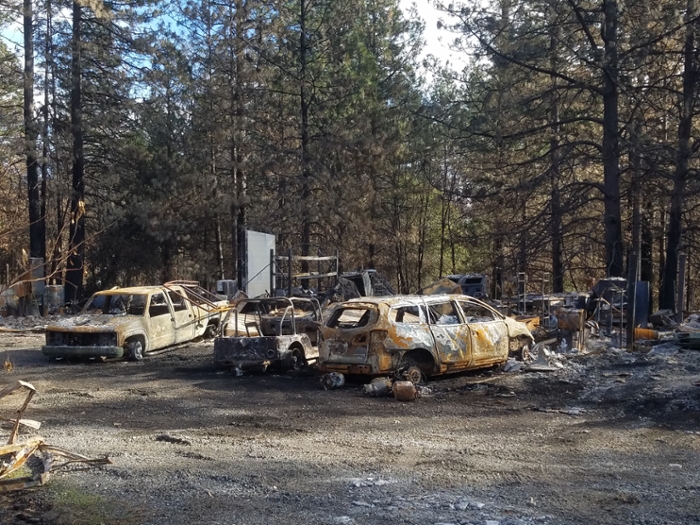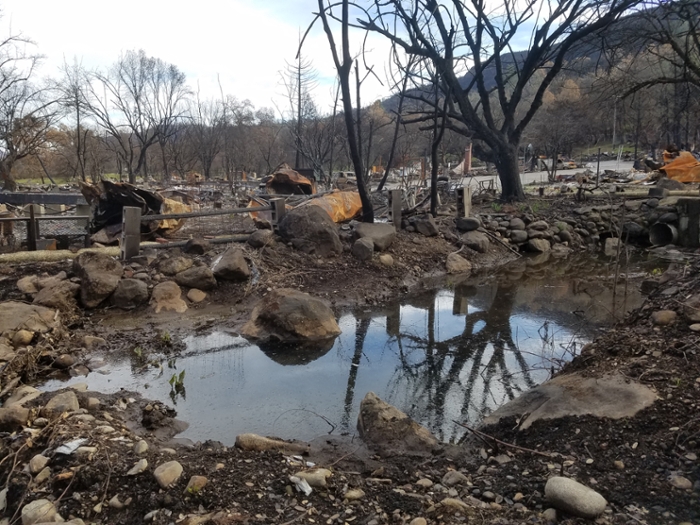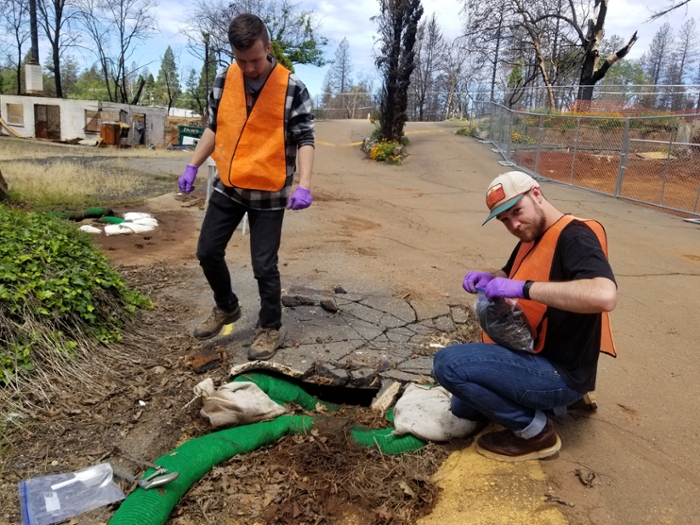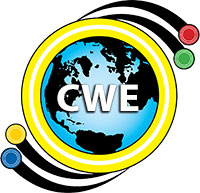
Water Quality Impacts of the Nov. 2018 Camp Fire
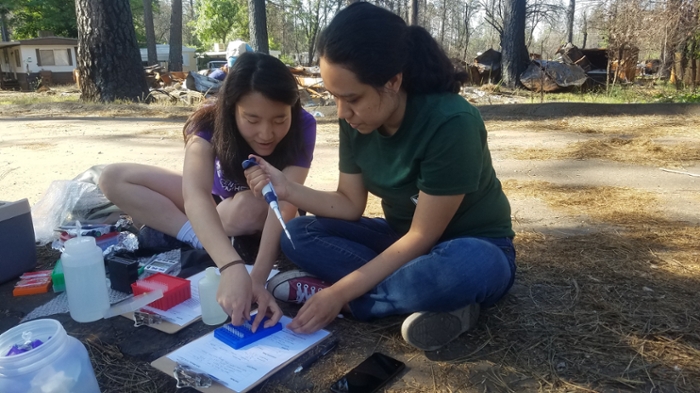
Jackson Webster and Sandrine Matiasek are investigating the effects of watershed burning in a wildland-urban interface (WUI) on downstream water quality in the context of the 2018 Camp Fire that severely damaged the town of Paradise. As the most destructive fire in California’s history was still burning, the team started sampling water in five creeks draining from the more than 150,000 acre burn area during storm runoff events. Given the number of homes burned (18,000 buildings) and the upper-watershed setting, there was concern that overland flow and ash from burned urban and suburban homes, cars, and other buildings transported toxic metals (e.g., Al, Cd, Cr, Cu, Hg, Ni, Pb, Sn, Zn), EPA-regulated toxic organic chemicals (e.g. PAHs, PCBs, PBBs, brominated fire retardants, dioxins) and other contaminants of concern into the surrounding waterways and water supplies. Big Chico Creek has been monitored at the Big Chico Creek Ecological Reserve throughout the study as the unburned control watershed.
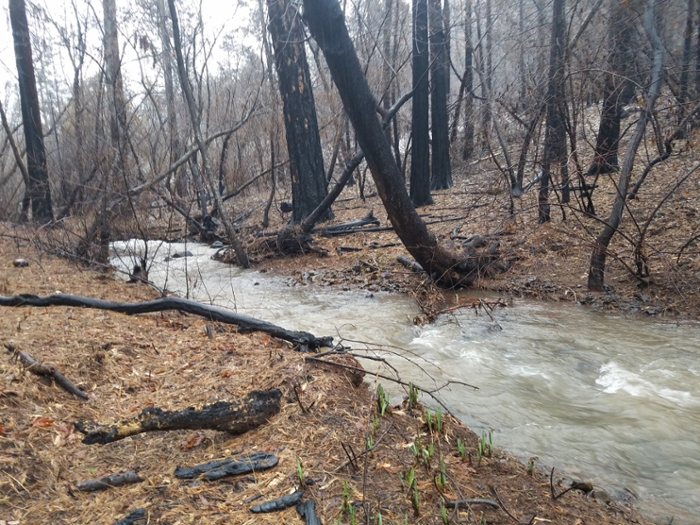
This research is supported by a Collaborative RAPID grant from the National Science Foundation and involves collaborators from the University of Colorado Boulder, the University of Washington, Clemson University, and the University of North Carolina, Greensboro. Jackson Webster and Sandrine Matiasek are also involved in another NSF RAPID Collaborative grant awarded to Northwestern University to test the field deployment of a new synthetic biology platform using regulated in vitro transcriptional sensors that can detect toxic compounds such as lead, copper, zinc and cadmium in water samples. Field tests were successful and preliminary results were presented at the American Geophysical Union Fall Meeting in December 2019.
Preliminary results demonstrate evidence of fire-generated contaminants in creeks receiving storm runoff from the burned watersheds, prompting concerns for aquatic ecosystem health, especially for the last stable Chinook spring run Salmon population in CA hosted by Butte Creek. The results of this study will be a source of information for downstream water users following future wildfire. Further, it is anticipated that this work will identify additional key questions and help guide future research in the area of post-wildfire water quality.
